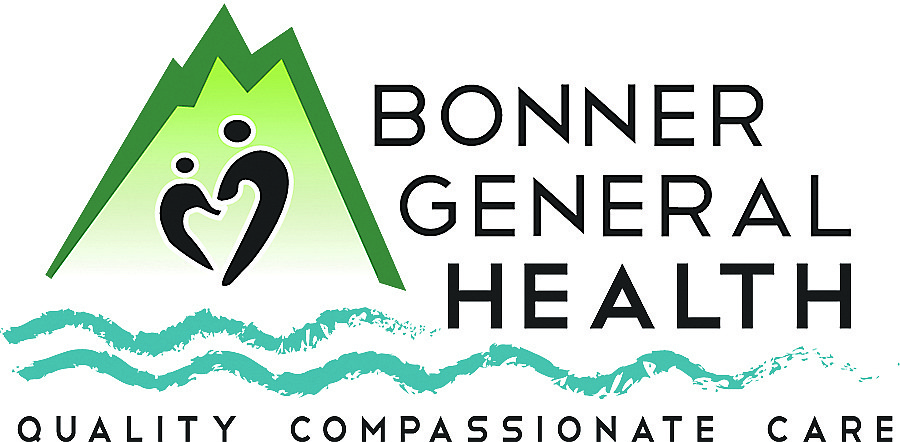Let’s avoid toy injuries this holiday season.
When he was 11, my nephew told his grandmother that he wanted a particular video game for Christmas. When she looked at the box, she thought the picture looked a bit macabre, so she asked him if he was sure that was the game he wanted.
“Yes, it’s rated M for ‘master,’ Grammy,” he said. “It means that you have to be really good at video games to play, and I’m really good.” My sister-in-law will be the first to admit she’s a bit gullible, and he really had her this time. She bought the game. My niece, the boy’s mother, freaked out. “No,” she screamed, “the M means mature, and he’s definitely not that!” Much to my nephew’s chagrin, the toy was returned.
The point? Make sure toys are age-appropriate. Even children who seem to be mature for their age can be injured by toys unsuitable for their age group.
The U.S. Consumer Product Safety Commission (CPSC) says that the good news this year is that toy recalls are down. The not-so-good news is that injuries are up. Last year, eleven deaths were reported, and an estimated 145,500 emergency department injuries were attributed to toys for children twelve years old and younger.
“The majority of the eleven deaths reported were attributed to choking or asphyxiation associated with small parts, balls, or balloons. Among the injuries, non-motorized scooters accounted for the largest share of injuries across all age groups — 35,400. Non-motorized scooters accounted for one in every five toy-related injuries to children aged 14 and younger,” CPSC says.
The best advice comes from Prevent Blindness America. They say that parents should diligently inspect all the toys their children receive. “Check them for age, skill level, and developmental appropriateness before allowing them to be played with.”
Bikes, skates, scooters, skis, sleds, and anything else that moves should be given with appropriate safety gear. If I know anything about children, it’s that they don’t want to wait to play with their new toys, and you and I both know you can’t buy a helmet on Christmas day.
They also say to avoid toys that shoot or include parts that fly off. “The toy should have no sharp edges or points and should be sturdy enough to withstand impact without breaking, being crushed, or being pulled apart easily.”
Before purchasing any toy, look for labels that state that it has passed a safety inspection. “ATSM” means that it’s met the American Society for Testing and Materials standards.
Even though recalls are down, be sure to learn about lead exposure from toys. Old toys, particularly, may be likely to contain lead paint. Make sure your child washes their hands frequently and thoroughly, and call your healthcare provider right away if you suspect your child has been exposed to lead.
“Do not give toys with small parts (including magnets and ‘button’ batteries which can cause serious injury or death if ingested) to young children as they tend to put things in their mouths, increasing the risk of choking. If the piece can fit inside a toilet paper roll, it is not appropriate for kids under age three,” Prevent Blindness says.
CPSC says to keep deflated or broken balloons away from children under eight years old. Discard broken balloons immediately. Also, discard any plastic wrapping or toy packaging right away. They can be a hazard. Good advice is to keep a large trash bag handy while opening presents.
They also say to keep toys appropriate for older children away from younger siblings and that battery charging is best left to adults or at least to adult supervision. They say that chargers and adapters can pose thermal burn hazards to young children.
Prevent Blindness adds, “when purchasing toys for children with special needs try to choose toys that may appeal to different senses such as sound, movement, and texture; consider interactive toys to allow the child to play with others; and think about the size of the toy and the position a child would need to be in play with it.”
For all children they recommend not giving toys with ropes and cords or heating elements. And they warn not to give crayons and markers unless they are labeled “nontoxic.”
Kathy Hubbard is a member of the Bonner General Health Foundation Advisory Council. She can be reached at kathyleehubbard@yahoo.com.



